SOURCE: AFI
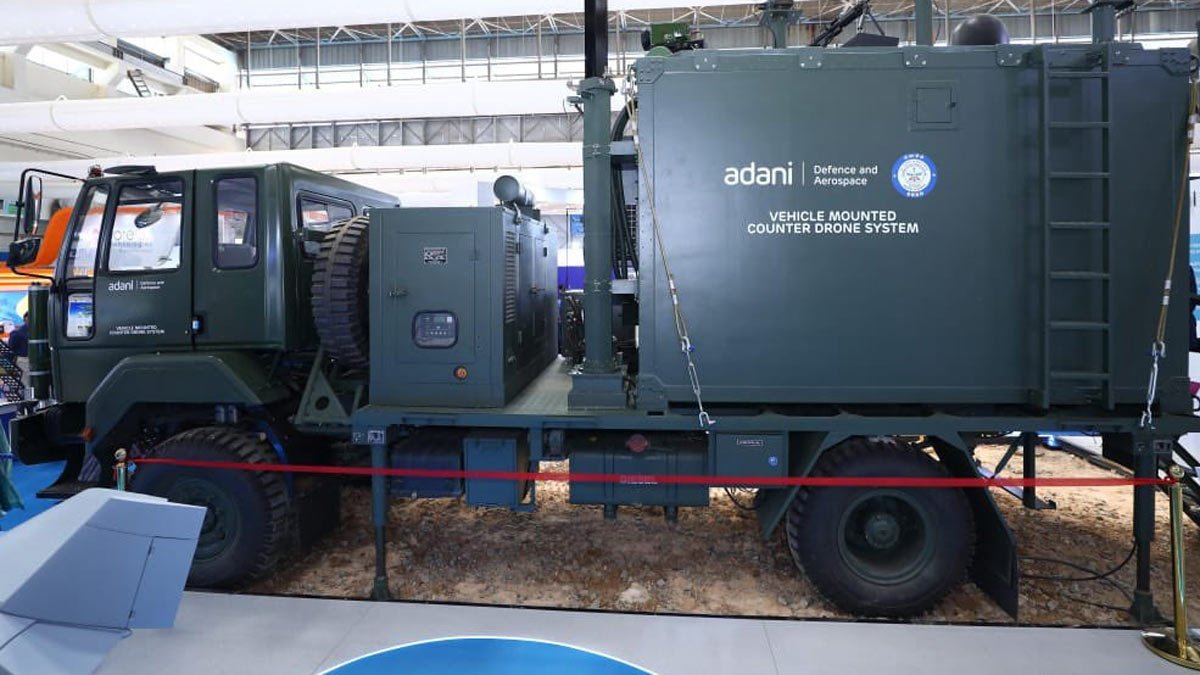

As the threat from hostile drones and unmanned aerial systems (UAS) continues to escalate in both conventional and irregular warfare, India’s armed forces are intensifying efforts to counter this evolving menace. The proliferation of drones—demonstrated vividly in conflicts like Armenia-Azerbaijan, Israel-Hamas, and Russia-Ukraine—has underscored their potential to disrupt military operations, target critical infrastructure, and overwhelm traditional air defense systems. In response, the Indian Army, Air Force (IAF), and other security agencies are accelerating the induction of anti-drone systems, while emphasizing the urgent need for more advanced, indigenous solutions with enhanced capabilities.
The Indian Army recently floated a tender for the procurement of nine indigenous Integrated Drone Detection and Interdiction Systems (IDD&IS), adding to those already inducted under emergency procurements to secure the frontier with China. These vehicle-mounted systems, currently in use by the Army Air Defence, are designed to detect and neutralize drones through a combination of “soft-kill” (jamming and spoofing) and “hard-kill” (laser-based destruction) measures. However, their limitations—such as a soft-kill range of 2 to 5 kilometers and a hard-kill range of just 800 meters—highlight the need for more advanced technologies.
Continue readingSOURCE: RAUNAK KUNDE / NEWS BEAT / IDRW.ORG


At a recent Aero India 2025, DATA Patterns, a leading Indian defence electronics company, unveiled its Hawk I 2700 X-band GaN-based Active Electronically Scanned Array (AESA) Radar, positioning it as a contender for the Indian Air Force’s Sukhoi-30 upgrade program. According to a company official speaking to idrw.org, the Hawk I 2700 is not a derivative of the existing 4-axis (4D) airborne radar known as Virupaksha but is instead a direct competitor, showcasing new and distinct capabilities.
The Hawk I 2700 radar system is packed with 2700 TRMs which makes it technically bigger than the Virupaksha Radar that has 2400 TRMs. Hawk I 2700 can detect targets with a Radar Cross-Section (RCS) of 5 square meters up to 350 kilometres. For targets with an RCS of 2 square meters, the detection range is 250 kilometres. Smaller targets with an RCS of 1 square meter can be identified at 200 kilometres.
Continue readingSOURCE: RAUNAK KUNDE / NEWS BEAT / IDRW.ORG
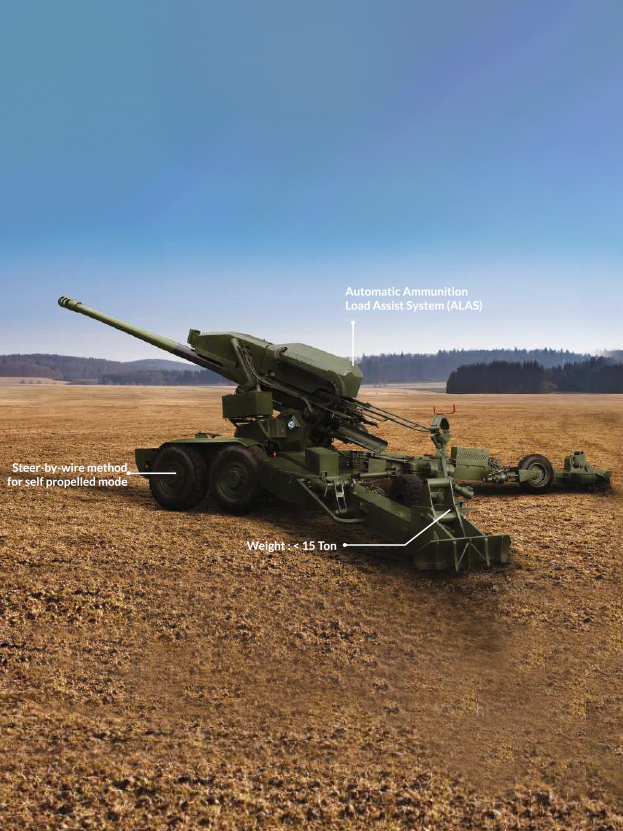

Neelesh Tungar, Whole Time Director and CEO of Kalyani Strategic Systems Limited (KSSL), a key entity within the Kalyani Group, has officially announced that the company will introduce its Bharat 52 in response to the Indian Army’s Towed Gun System (TGS) tender for a 155mm/52 Caliber Gun System.
This move comes after speculations that KSSL might develop a new, lighter 15-ton towed gun based on the heavier ATAGS (Advanced Towed Artillery Gun System). Instead, KSSL has opted to repurpose and enhance their existing Bharat 52, originally developed in 2012, to meet the tender’s specifications.
Continue readingSOURCE: RAUNAK KUNDE / NEWS BEAT / IDRW.ORG
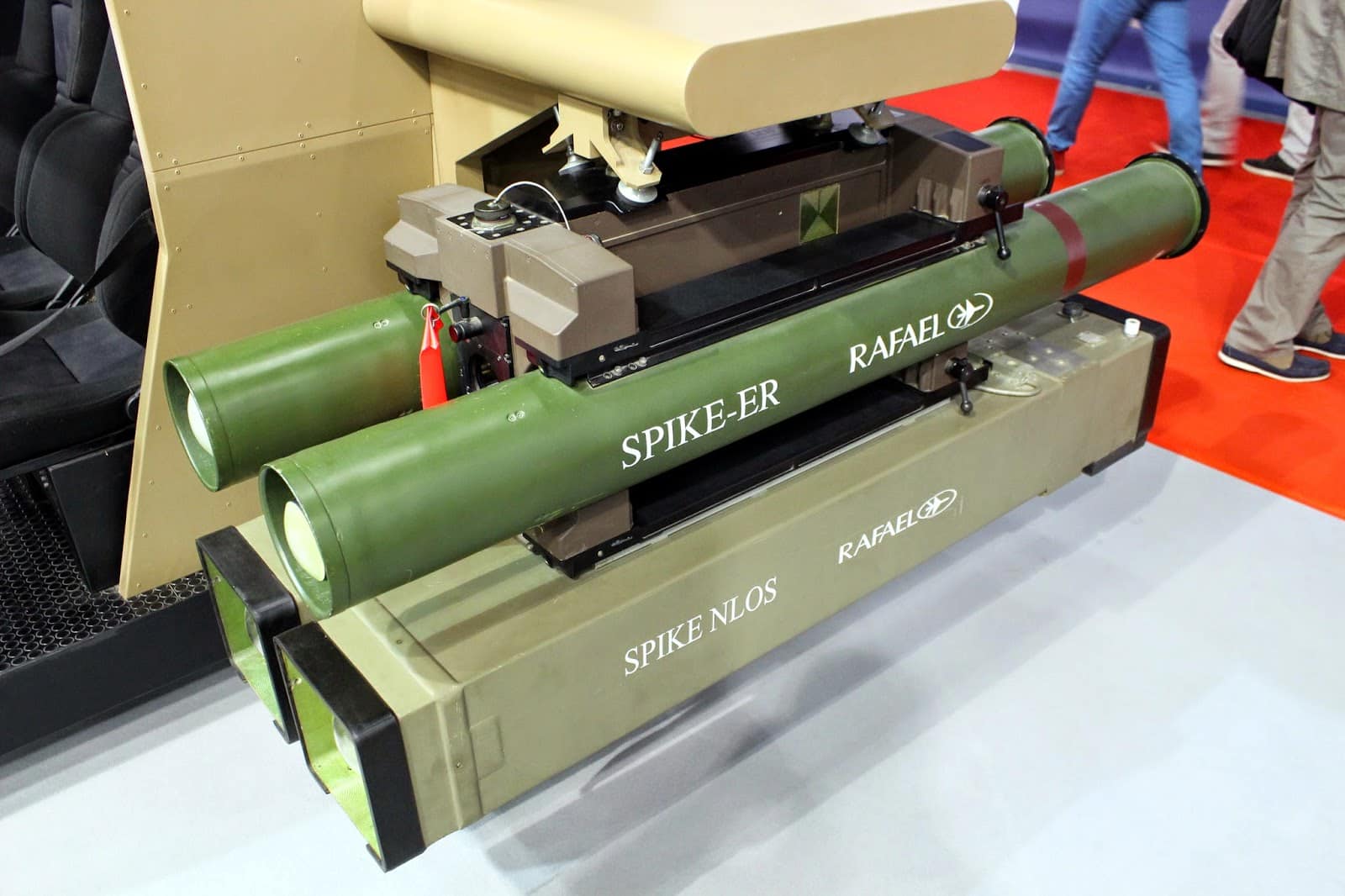

The Indian Air Force (IAF) is now integrating the SPIKE NLOS (Non-Line of Sight) missile system onto its Mi-17 transport helicopters, significantly enhancing their offensive capabilities. The 6th Generation SPIKE NLOS missile brings revolutionary features that provide unparalleled advantages in modern warfare. This state-of-the-art system effectively shortens the sensor-to-shooter loop, allowing for rapid engagement of multiple targets at extended stand-off and beyond-line-of-sight (BLOS) ranges.
One of the missile’s key features is its real-time tactical intelligence and battle damage assessment (BDA), which enables dynamic target adjustments and even mid-flight mission abortion. This flexibility ensures precision targeting while reducing the risk of collateral damage. The system supports launching and controlling salvos of up to four missiles simultaneously from a single launcher, all managed by a single operator. Additionally, the SPIKE NLOS system allows for missile handover between platforms, meaning one platform can launch a missile, while another platform can guide it to its target.
Continue readingSOURCE: AFI


On February 17, 2025, at the International Defence Exhibition and Conference (IDEX) in Abu Dhabi, Kalyani Strategic Systems Ltd., a wholly-owned subsidiary of Bharat Forge Ltd., introduced India’s pioneering 155mm/45Cal Mounted Gun System named MArG 45. The launch of this innovative defense technology was officiated by His Excellency Shri Sunjay Sudhir, the Ambassador of India to the UAE, marking a significant moment in the exhibition’s history.
MArG 45 is an upgrade of the MArG 39. The MArG 45 stands out as India’s first mounted gun system of its kind, designed to enhance the mobility and firepower of artillery units on a 4×4 in the world.
Continue readingSOURCE: AFI


Bharat Dynamics Limited (BDL) has signed a Memorandum of Understanding (MoU) with US-based Ultra Maritime to locally manufacture sonobuoys in India. This strategic collaboration aims to bolster India’s indigenous defense manufacturing capabilities, particularly in anti-submarine warfare (ASW) technologies.
Sonobuoys are critical components in modern naval warfare, used for detecting and tracking submarines. With this partnership, BDL and Ultra Maritime will work together to establish a robust local production line for these essential ASW assets. This move aligns with the Indian government’s ‘Make in India’ and ‘Atmanirbhar Bharat’ initiatives, enhancing self-reliance in defense production.
Continue readingSOURCE: AFI


On the inaugural day of NAVDEX 2025, held at the ADNEC Centre in Abu Dhabi, UAE, His Highness Sheikh Nahyan bin Zayed Al Nahyan, a distinguished member of the UAE Royal Family, made a notable visit to the BrahMos Aerospace pavilion. The visit underscored the growing defense collaboration between India and the UAE, focusing on advanced missile technology.
Mr. Praveen Pathak, Director of Market Promotion & Exports at BrahMos Aerospace, had the honor of briefing Sheikh Nahyan about the capabilities of the universal BRAHMOS Weapon System. The briefing highlighted the versatility and strategic importance of the BrahMos missile, which is a joint venture between India’s Defence Research and Development Organisation (DRDO) and Russia’s NPO Mashinostroyeniya.
Continue readingSOURCE: AFI


During the bustling opening day of IDEX and NAVDEX 2025 at the ADNEC Centre in Abu Dhabi, UAE, Indian Ambassador to the UAE, Shri Sunjay Sudhir, made a significant visit to the Mazagon Dock Shipbuilders Limited (MDL) stall. This visit came shortly after the ambassador inaugurated the India Pavilion at the exhibition, highlighting the strong maritime and defense ties between India and the UAE.
At the MDL stall, Ambassador Sudhir was briefed by Shri Biju George, Director (Shipbuilding), who provided an in-depth overview of MDL’s products, capabilities, and recent achievements. MDL, one of India’s premier defense public sector undertakings, is renowned for its shipbuilding and submarine construction capabilities, playing a pivotal role in strengthening the Indian Navy’s fleet.
Continue readingSOURCE: IDRW.ORG


At Aero India 2025, held between February 10 and 14, a full-scale model of India’s fifth-generation Advanced Medium Combat Aircraft (AMCA) was prominently displayed, drawing significant attention from the defense community. However, alongside the showcase, a project official from the Aeronautical Development Agency (ADA) revealed to Janes that the AMCA is set to undergo another critical design review (CDR) due to insights gained from enhanced stress and load testing.
The official explained that initial stress/load tests on the AMCA were conducted at 90% of the projected load, adhering to the agency’s established methodology. However, after further analysis, ADA management has decided to revise the design standards to ensure the airframe and overall structure can support 100% of the required loads. This decision underscores the commitment to safety, performance, and reliability of the aircraft, which is intended to be a cornerstone of India’s future air combat capabilities.
Continue readingSOURCE: IDRW.ORG
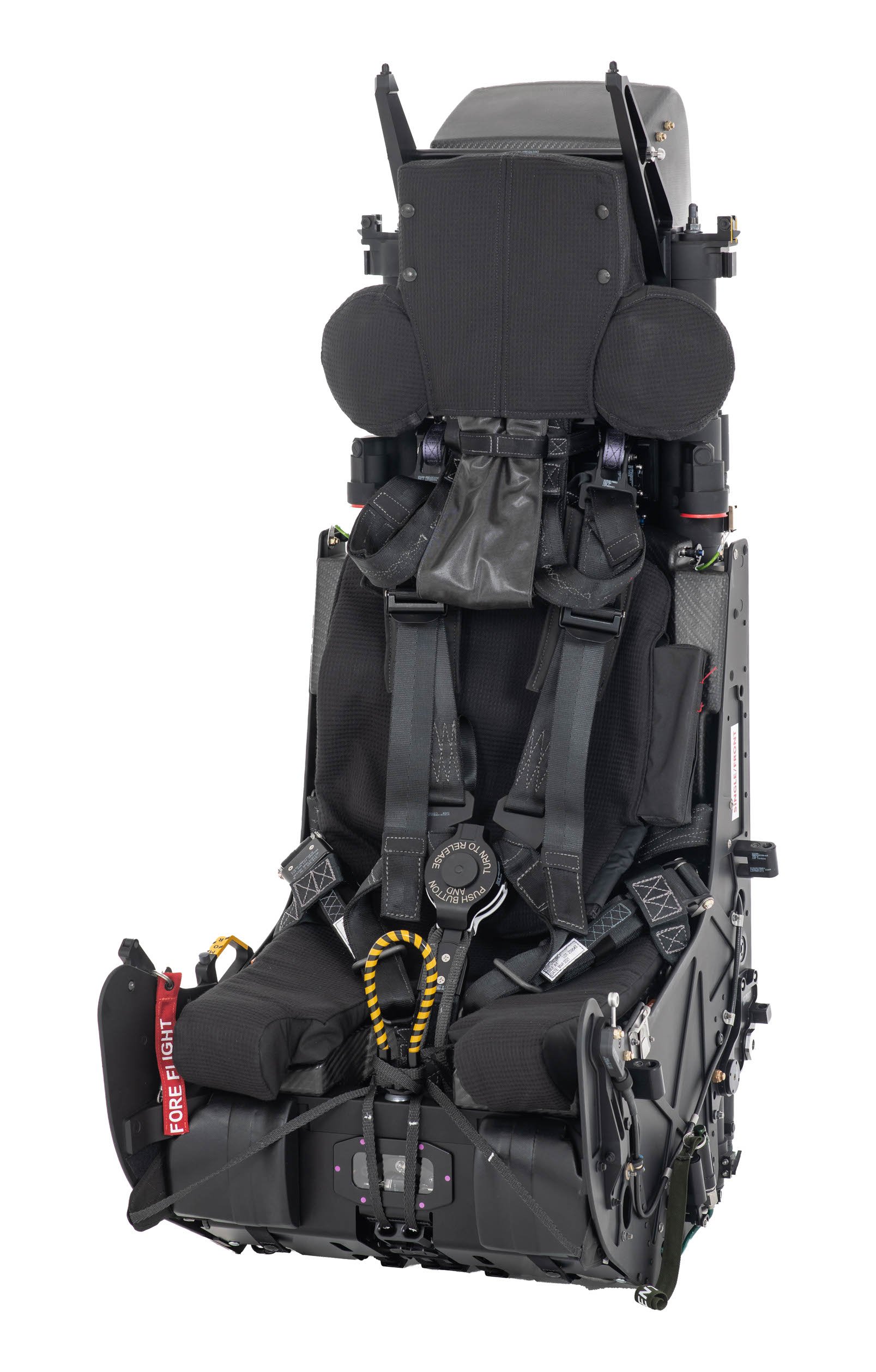

Martin-Baker, the world’s leading manufacturer of ejection seats, is strengthening its partnership with India’s aerospace sector by offering its advanced Mk18 ejection seat for the production versions of the Advanced Medium Combat Aircraft (AMCA) and the Twin-Engine Deck Based Fighter (TEDBF). This development, announced in the context of Martin-Baker’s growing presence in India, reflects the company’s commitment to supporting India’s indigenous fighter programs. The company is collaborating with the Aeronautical Development Agency (ADA), the nodal agency under the Defence Research and Development Organisation (DRDO) responsible for these aircraft, to customize the Mk18 seat to meet the specific requirements of the AMCA and TEDBF.
The Mk18 seat, tailored specifically for these advanced platforms, will be a bespoke solution, potentially receiving a new designation to reflect its unique integration with Indian aircraft designs. This collaboration is poised to enhance pilot safety and survivability in India’s next-generation fighters, aligning with the country’s ambitious goals under the “Make in India” initiative.
Continue readingSOURCE: AFI


Kalyani Strategic Systems Limited (KSSL), a key player in India’s defense manufacturing sector, is poised to receive a significant order for the Advanced Towed Artillery Gun System (ATAGS) before the fiscal year ends on March 31, 2025. This development comes after KSSL emerged as the lowest bidder (L1) in the competition for supplying these state-of-the-art artillery systems to the Indian Army.
From the total order of 307 units, KSSL is anticipated to secure contracts for approximately 185 units. This allocation reflects KSSL’s competitive edge in the bidding process. The remaining units will be manufactured by the Tata Group, which was designated as the second-lowest bidder (L2). This split in orders underscores the strategic partnership between the Indian government and its domestic defense industry, fostering competition while ensuring that production capabilities within the country are maximized.
Continue readingSOURCE: AFI


In a recent opinion piece, Former Indian Army Chief General MM Naravane (Retd) provided a critical assessment of India’s Advanced Medium Combat Aircraft (AMCA) project, highlighting the significant challenges it faces. According to him, the AMCA project is still at the design stage, and given the long cycle between design and development, it could take at least a decade before the fighter enters operational service. Drawing a comparison with the F-35 program, which took 16 years to move from concept to operational deployment, he cautioned that India’s fifth-generation fighter may only achieve full operational status around 2035-2040.
Gen Naravane’s concerns stem from India’s historical track record in indigenous fighter development, particularly with institutions like the Aeronautical Development Agency (ADA) and Hindustan Aeronautics Limited (HAL). While the AMCA is envisioned as a state-of-the-art fifth-generation stealth fighter, it remains in the preliminary design phase. The extensive time required for prototype development, flight testing, operational clearance, and setting up a stable production line raises questions about the feasibility of the optimistic timeline often projected by officials.
Continue readingSOURCE: AFI
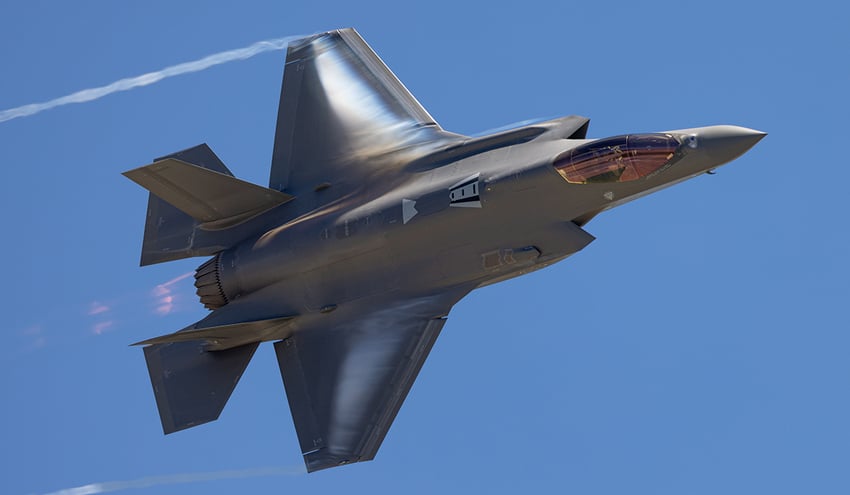

In a recent statement to local media, Major General Zahid Mahmood (R) of the Pakistani Army expressed concerns regarding India’s potential acquisition of the F-35 Lightning II from the United States. He emphasized that this advanced fifth-generation fighter jet could significantly alter the strategic balance in the region, particularly in relation to Pakistan.
Maj Gen Mahmood articulated that the introduction of the F-35 into the Indian Air Force (IAF) inventory would likely encourage India to conduct more aggressive military operations, specifically targeting areas like Pakistan-occupied Kashmir (POK) and Gilgit-Baltistan (GB). He warned that this capability would give India a strategic advantage, potentially escalating tensions along the contentious borders.
Continue readingSOURCE: AFI


The field of aerospace engineering continues to evolve with innovative designs and configurations aimed at enhancing performance, training efficiency, and operational versatility. Prasenjit Das Aerospace Engineering EAA has recently showcased a detailed comparison of Jet Trainer General Arrangements, shedding light on the diverse design philosophies behind some of the most notable jet trainer aircraft. This analysis examines key aircraft, including the Boeing T-7 Red Hawk, Macchi M-345, Original IJT Mockup, IJT Yashaas, Dassault-Dornier Alpha Jet, and BAE Systems Hawk, focusing on their fuselage types, wing positions, tailplane configurations, and intake placements. These elements are critical in determining the aircraft’s aerodynamic performance, stability, and suitability for training purposes.
Jet trainers are designed to bridge the gap between basic flight training and advanced combat aircraft, requiring a balance of simplicity, safety, and performance. The general arrangement of an aircraft—encompassing its fuselage shape, wing and tailplane positions, and engine intake locations—plays a pivotal role in achieving these objectives. Prasenjit Das’s comparison highlights the diversity in design approaches, with each aircraft tailored to meet specific operational needs. The datum line (marked as X) in this analysis refers to the reference point for intake positioning, providing a standardized metric for comparison.
Continue readingSOURCE: AFI


Under the ambit of India’s ambitious Deep Ocean Mission, the National Institute of Ocean Technology (NIOT) is pushing the boundaries of marine science with its development of the 4th Generation deep-ocean human submersible, Matsya-6000. This innovative project aims to explore the ocean depths up to 6,000 meters, showcasing India’s prowess in underwater technology.
The journey of Matsya-6000 began with extensive dry tests conducted within the confines of Matsya’s dedicated hanger at NIOT. These initial tests were crucial to verify the submersible’s hardware and software under controlled conditions. Following the successful dry trials, the team moved on to the critical phase of wet testing.
Continue reading